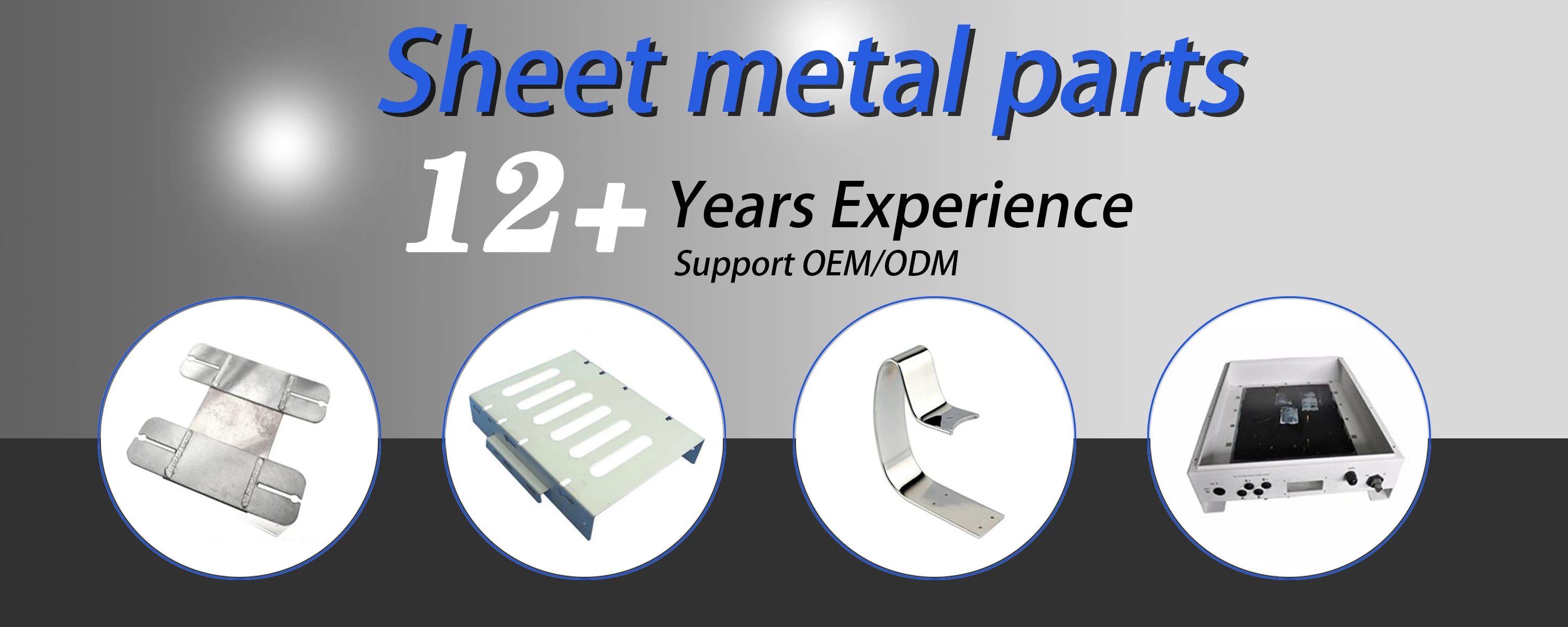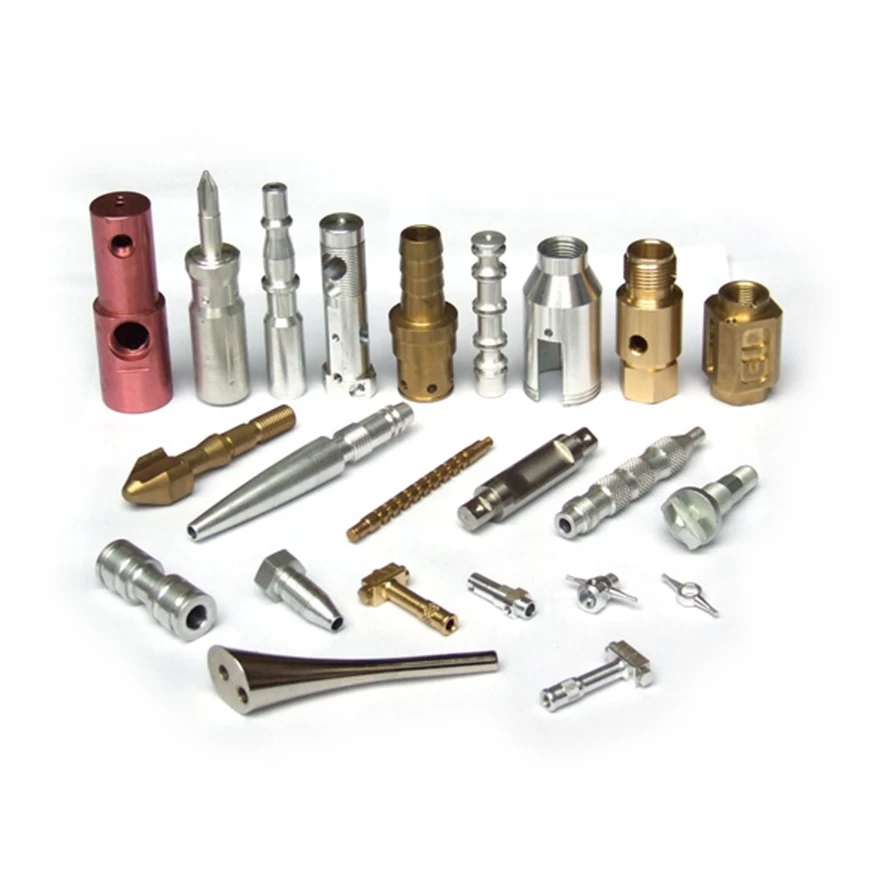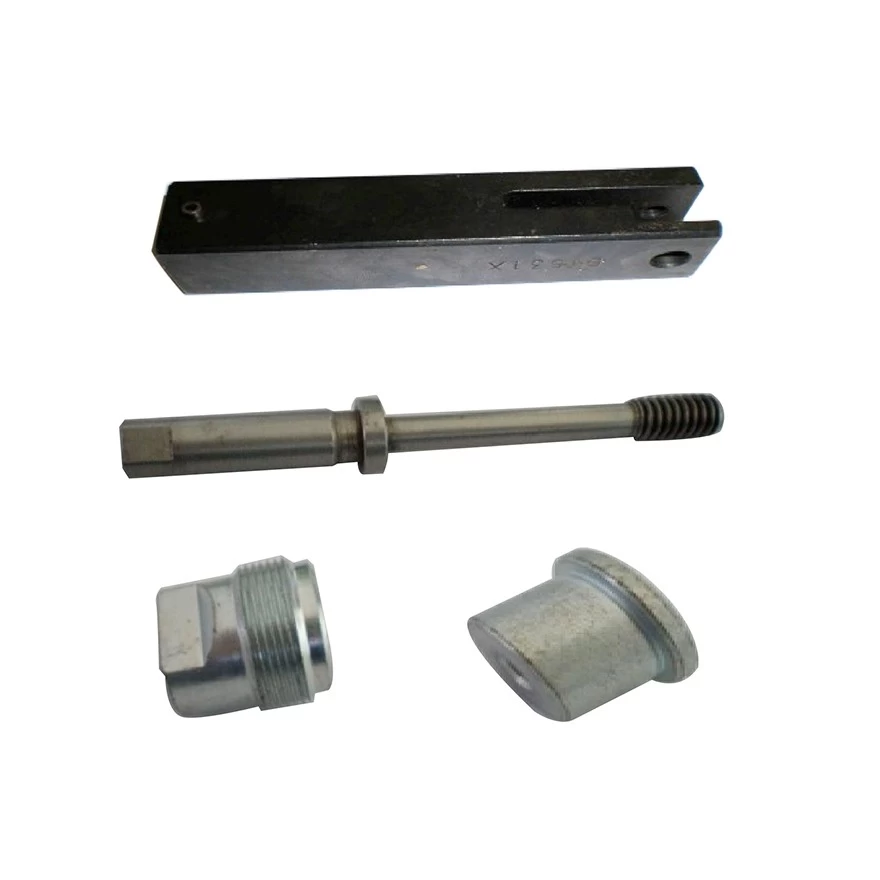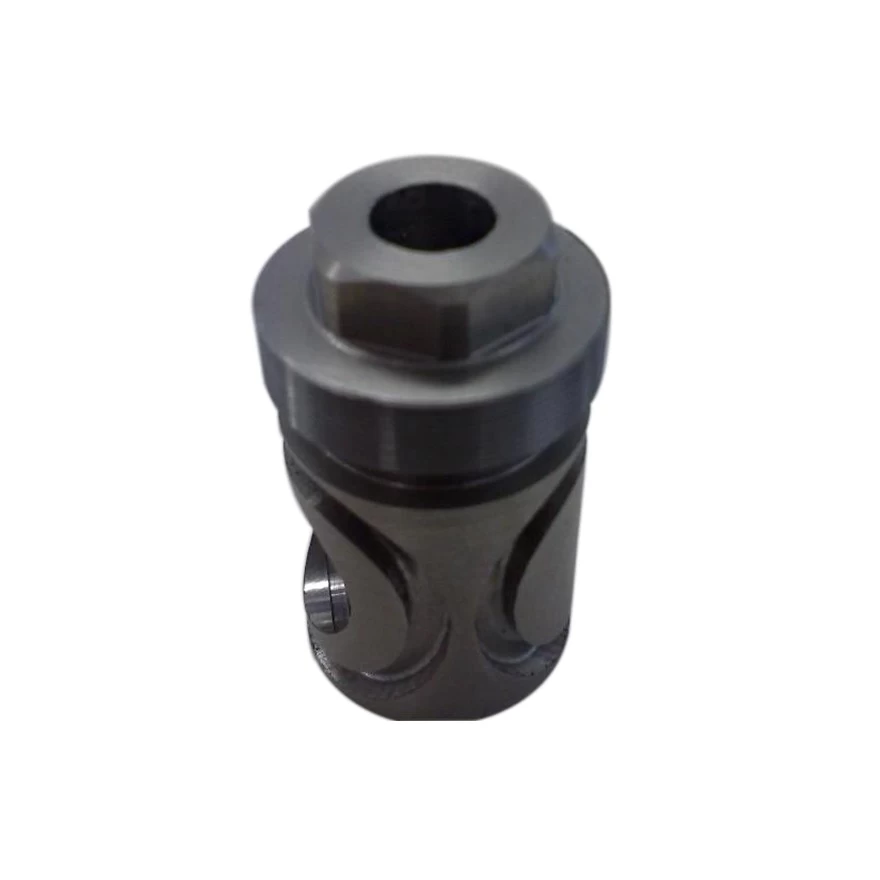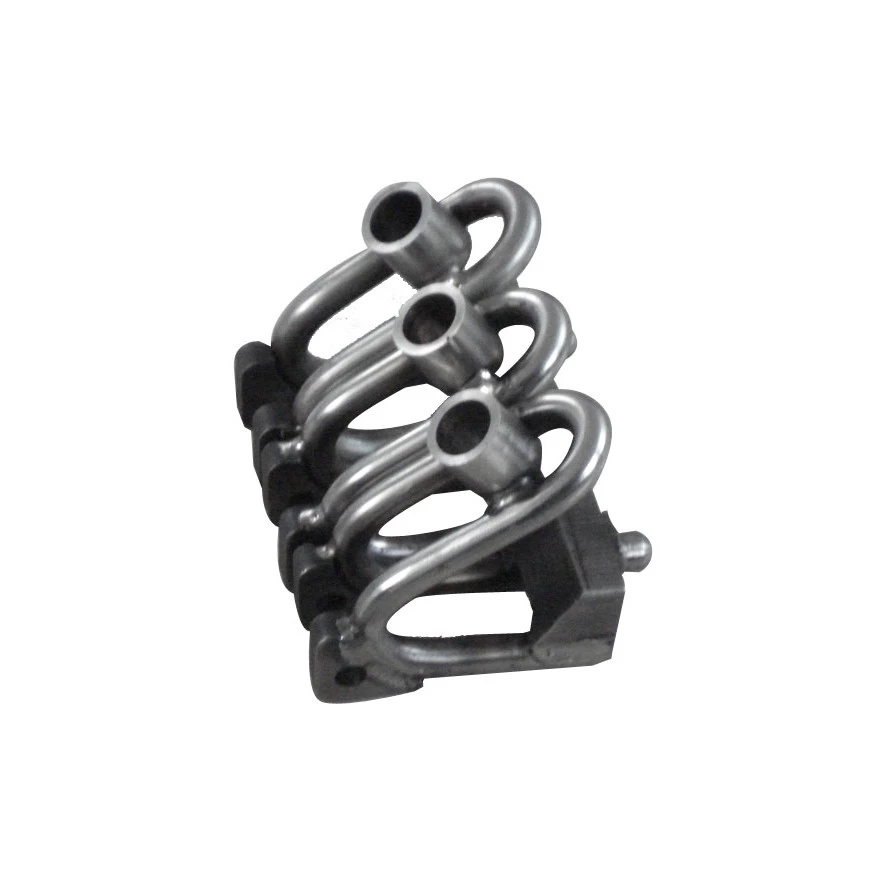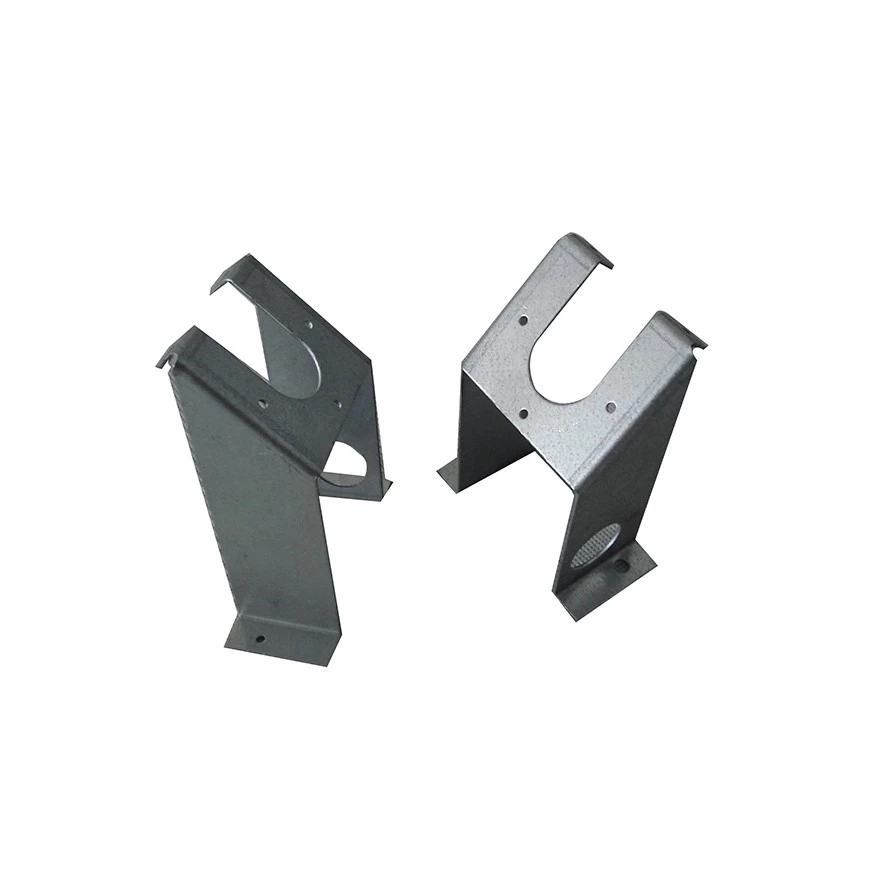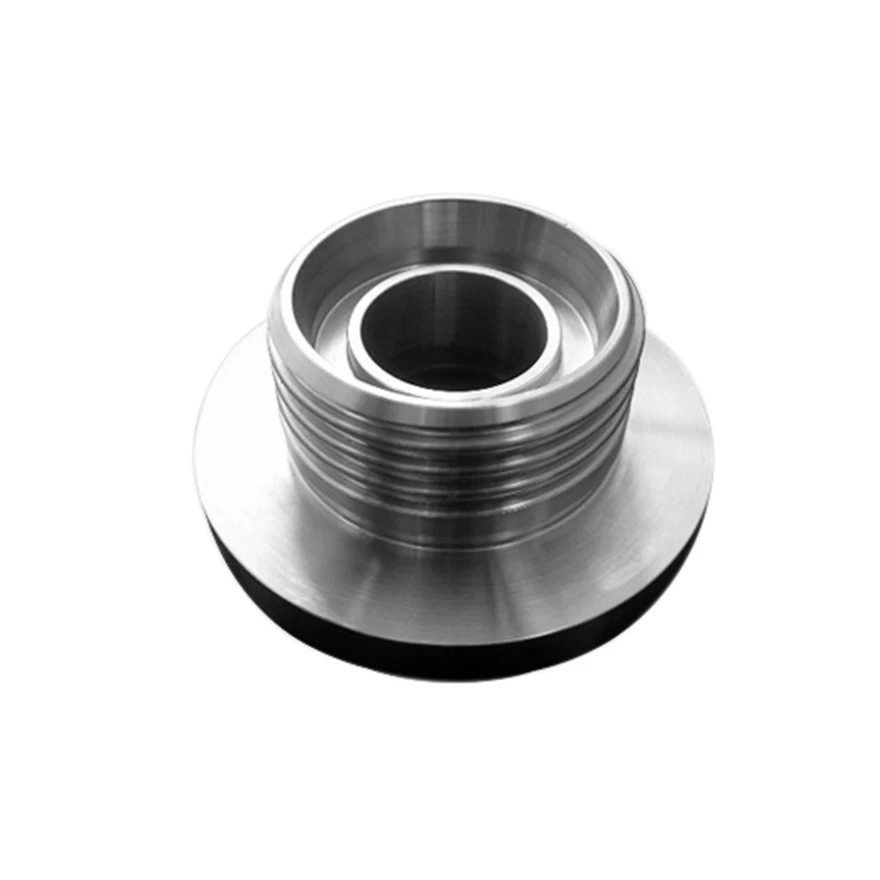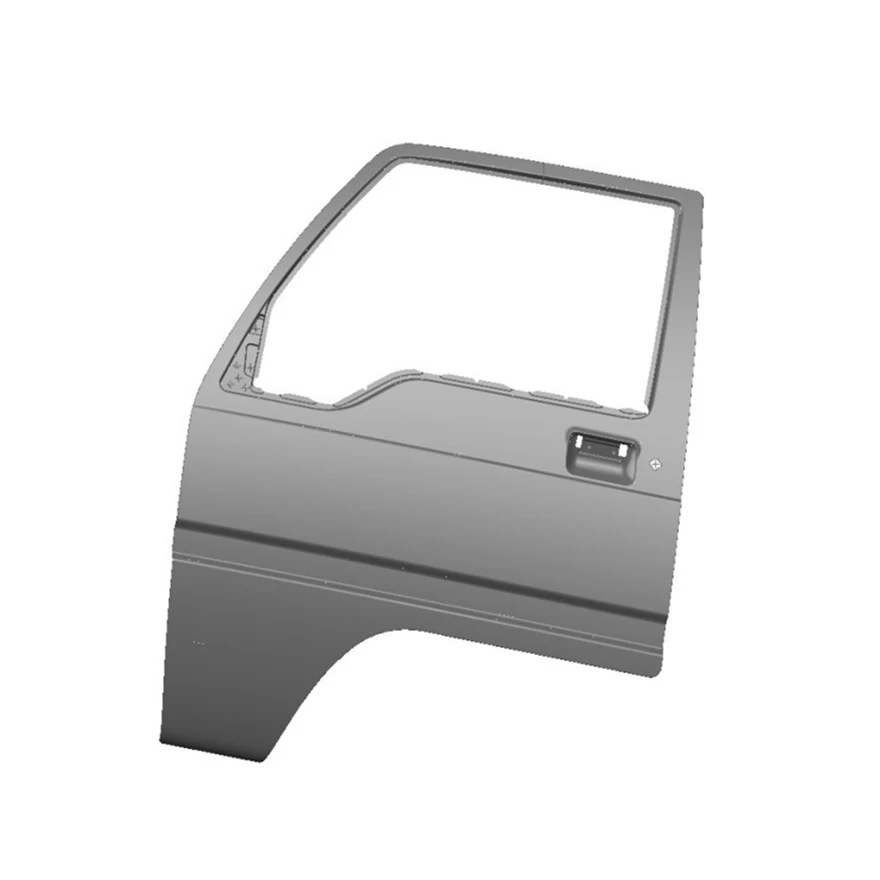The Complete Guide Steel Sheet Powder Coating
Powder coating is a popular finishing technique used to protect and enhance the appearance of steel sheet metal. It involves applying a dry powder to the surface of the metal and then curing it in an oven to create a durable and attractive finish. Powder coating offers several advantages over traditional liquid coatings, including increased durability, resistance to chipping and fading, and a wide range of color options.
In this guide, we will cover everything you need to know about powder coating steel sheet metal, including the benefits of powder coating, the powder coating process, and tips for achieving a high-quality finish.
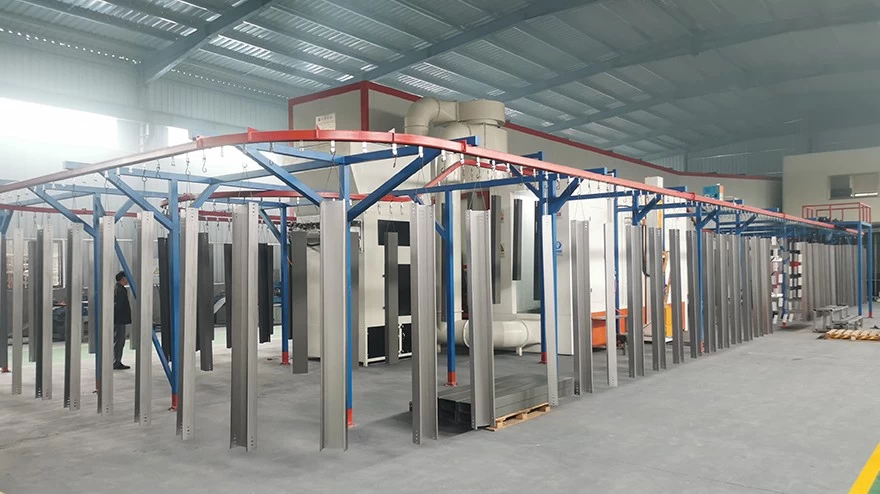
Benefits of Powder Coating Steel Sheet Metal
There are several benefits to powder coating steel sheet metal, including:
1. Durability: Powder coating creates a tough and durable finish that is resistant to chipping, scratching, and fading. This makes it an ideal choice for steel sheet metal that is exposed to harsh environmental conditions or heavy use.
2. Versatility: Powder coating can be applied to steel sheet metal in a wide range of colors and finishes, allowing for endless design possibilities. It can also be used to create textured or metallic finishes for a unique look.
3. Environmental friendliness: Powder coating is a more environmentally friendly finishing option compared to traditional liquid coatings, as it does not contain volatile organic compounds (VOCs) or hazardous air pollutants. It also produces less waste and can be recycled.
4. Cost-effectiveness: Powder coating is a cost-effective finishing option for steel sheet metal, as it requires less material and labor compared to traditional liquid coatings. It also has a longer lifespan, reducing the need for frequent maintenance or re-coating.

The Powder Coating Process for Steel Sheet Metal
The powder coating process for steel sheet metal typically involves the following steps:
1. Surface preparation: Before applying the powder coating, the steel sheet metal must be cleaned and prepared to ensure proper adhesion. This may involve sandblasting, degreasing, or chemical treatment to remove any dirt, oil, or rust from the surface.
2. Powder application: The dry powder is applied to the steel sheet metal using a spray gun or electrostatic gun. The powder is attracted to the metal surface due to the electrostatic charge, ensuring even coverage and adhesion.
3. Curing: The coated steel sheet metal is then cured in an oven at high temperatures (typically between 300-400°F) for a specified amount of time. This process melts the powder and allows it to flow and form a smooth, durable finish.
4. Cooling and inspection: After curing, the steel sheet metal is allowed to cool before being inspected for any defects or imperfections. Any necessary touch-ups or re-coating can be done at this stage.
Tips for Achieving a High-Quality Powder Coating Finish on Steel Sheet Metal
To achieve a high-quality powder coating finish on steel sheet metal, consider the following tips:
1. Choose the right powder: Select a powder coating that is suitable for steel sheet metal and provides the desired color and finish. Consider factors such as durability, weather resistance, and UV protection when choosing a powder coating.
2. Proper surface preparation: Ensure that the steel sheet metal is properly cleaned and prepared before applying the powder coating. This will help to improve adhesion and prevent defects such as bubbling or peeling.
3. Use the right equipment: Invest in high-quality spray guns, curing ovens, and other equipment to ensure consistent and uniform powder coating application. Follow the manufacturer's guidelines for equipment maintenance and operation.
4. Follow proper curing procedures: Pay close attention to the curing temperature and time requirements specified by the powder coating manufacturer. Over or under-curing can lead to defects in the finish, so it is important to follow the recommended curing process.
5. Inspect and touch-up as needed: After curing, inspect the steel sheet metal for any imperfections or defects in the powder coating finish. Touch-up any areas that may require additional coating or re-curing to achieve a flawless finish.
By following these tips and guidelines, you can achieve a high-quality powder coating finish on steel sheet metal that is durable, attractive, and long-lasting. Powder coating offers many benefits for protecting and enhancing the appearance of steel sheet metal, making it an ideal finishing option for a wide range of applications.

